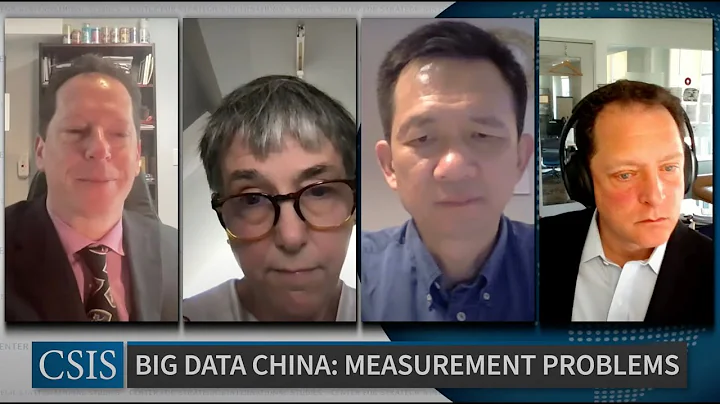Shipping prices have soared in the past two years, and export containers are hard to come by. Nowadays, the "skyrocketing" sea freight rates are coming down.
Nandu Big Data Research Institute found that after China Export Container Freight Index (CCFI) hit a new high in more than 20 years on February 11, 2022, it turned downward. The Baltic Freight Index (FBX) shows that on the popular route Asia-Western America, the freight rate for 40-foot standard containers has dropped from US$20,586 on September 10 last year to the current US$13,935, a drop of 32%.
So what will be the trend of sea freight prices next? Will it continue to decline? Global shipping giants and domestic experts have different views.

The export container freight index
climbed to the highest value in 24 years and then turned downward
Previously, the rising cycle of shipping prices has lasted for nearly two years. International ports are congested and containers are hard to find, which has become a headache for foreign trade companies.
The China Export Container Freight Index (CCFI) is compiled and released by Shanghai Shipping Exchange . It is a relative number that reflects the trend and degree of price changes in container cargo transportation exported from Chinese ports. CCFI rose rapidly after breaking through 1,000 again on September 25, 2020, reaching 3587.91 on February 11 this year, the highest value in 24 years. Since then, CCFI has continued to fall. On May 13, the value was 3088.03, a decrease of 14%.
Baltic Freight Index (FBX) data also confirms this trend. The freight rate on the route Asia-US West reached its peak in recent years on September 10 last year, with the freight rate for a 40-foot standard container reaching US$20,586. On May 17 this year, the value was US$13,935, a drop of 32%; the freight rate between Asia-US East also dropped from the highest value. It dropped from US$22,173 to US$15,963, a drop of 28%. The price of the Asia-North Europe route currently remains above US$10,000, which is also down by 30% from the peak.
However, the above values are still at a high level compared to the shipping costs in the same period last year. On May and 17, 2021, the freight rates for the Asia-US West, Asia-US East, and Asia-North Europe routes were US$7,301, US$8,711, and US$8,345 respectively, which were 52%, 55%, and 79% of the current levels respectively.
The development of the epidemic and port congestion
will determine the freight rate trend in the second half of the year
In the view of the world's two shipping giants, the global supply chain will face greater pressure in the second half of the year, and freight rates may continue to fall.
According to the Financial Associated Press, Germany's largest container shipping company Hapag-Lloyd (Hapag-Lloyd) first quarter financial report press release stated that the year has started exceptionally strong. Although there are preliminary signs that the market has passed its peak, We expect continued strong performance in the second quarter. However, due to the impact of the Russia-Ukraine crisis and the epidemic in China, the global supply chain "continues to face tremendous pressure and other reasons, and this situation is expected to improve in the second half of the year." Its financial report stated that the weakening global economy and continued supply chain disruptions will slow down the growth of the maritime industry this year.
The world's largest container shipping company Maersk 's first quarter financial report predicts that global container demand will grow between -1% and +1% in 2022, which is compared with its previous forecast range of +2% to 4%. Significantly downregulated. The company believes that risks in the economy are increasing, while consumer and business confidence is declining in Europe and the United States, and orders for exports from major manufacturing economies are also falling.
The company said its freight volume fell 7% in the first quarter due to supply bottlenecks, but freight rates rose 71% compared with the same period last year. But the company expects freight growth to slow in the second half of this year and next year.
Jia Dashan, deputy director of the Water Transport Science Research Institute of the Ministry of Transport, was interviewed by the Economic Daily and believed that the congestion problem at some major overseas ports continues to affect the global maritime logistics supply chain. It is expected that container shipping prices will still be lower in the first half of this year. Maintaining a high level, the global container shipping market supply and demand situation in the second half of the year, as well as the development of overseas epidemics and port congestion, will continue to determine the market direction.
Produced by: Nandu Big Data Research Institute
Data sorting and writing: Ling Huishan
Design: Ouyang Jing





















